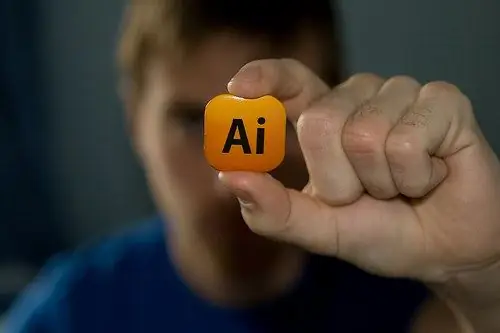The process by which a raster image is converted into a vector image is called tracing. The tracing result of any bitmap depends on the quality of the latter. This technique is most often used for images with extremely clear outlines and solid colors. Sometimes tracing is used in the case of imitating painting based on a regular photo.

It is necessary
- - a computer
- - Adobe Illustrator program
Instructions
Step 1
In Adobe Illustrator, tracing is carried out using the commands: Menu - Object - Live Trace. In this case, the options for carrying out vectorization can be different. To be able to adjust the parameters, execute the command Object - Live Trace - Parameters.
Step 2
In the window that opens, select a tracing style from the list provided, or make the settings yourself. Note that the 6 Color style is suitable for tracing simple illustrations or colored emblems. The indicator "16 colors" is focused on vectorization of complex illustrations.
Step 3
Use the "High quality photo" parameter when vectorizing a photo with a high degree of detail, "Low quality photo" - when tracing a photo, where reproduction of details is undesirable. If you want the final result to get a drawing in gray shades, check the box "Grayscale".
Step 4
To trace a black-and-white contour image, do the following: command Object - Live Trace - Trace Options. Check the box in the Preview window to watch the current process.
Step 5
Since the image is black and white, choose the Technical Drawing style. Notice that the drawing changed immediately. The color mode is Black & White. Pay attention to the parameter "Isogelia", which is responsible for the degree of detail. The higher its value, the more the smallest details will be taken into account when routing.
Step 6
Any pixel value smaller than the one specified in the "Minimum area" field will be thrown out during vectorization, perceived as noise. For example, to take into account small points in the picture, you should reduce this value to 2 pixels. After setting all the parameters, click on the "Trace" button.
Step 7
When tracing a color image with sharp outlines and solid colors, select the 16 Colors style. If not all colors are accounted for, increase the Maximum Colors value and slightly increase the Minimum Area value to eliminate digital noise. Click on the "Trace" button.
Step 8
To take a high quality photo using the painterly technique, click: Object - Quick Trace - Trace Options. Select a style and start tracing.






